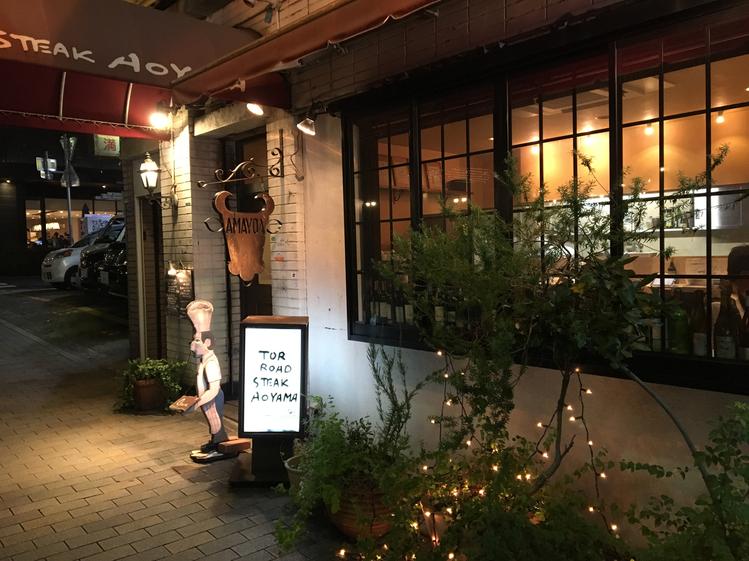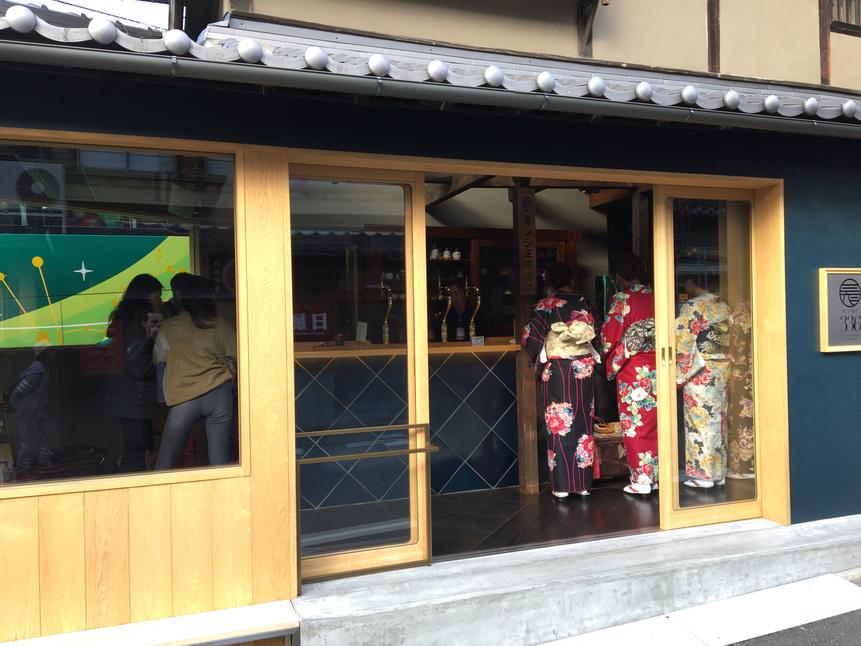
In November 2016, my wife and I visited Japan as part of our honeymoon/election escape. The Japan portion was just 8 days (happy wife, happy life!), but we squeezed plenty in before visiting Thailand and South Korea. Since then, I’ve received many questions about our Japanese experience, so I thought I’d share it all in one convenient, ad-free (of course) location. I still plan to stay close to my lane and write about each sushi restaurant individually, so if trip diaries and awesome pictures aren’t your cup of tea (cha in Japanese, I’m told), check back in later.
I’m sure I’ll get asked about keeping a trip to Japan (or Asia!) affordable. The best tip I can give – besides stealing a bucket of gold coins like this guy – is (1) points (2) loyalty points and (3) amazing loyalty points. Seriously – hotel and airline credit cards (and their sign-up bonuses) are your friends. The Points Guy is an excellent resource for some of the best ways to fly and lodge in style, as well as accumulate 14 credit cards. So maybe 14 credit cards isn’t the best thing, but YOLO – right, kids?
One last thing: it’s hard to name everyone, but so many readers sent me recommendations before the trip, and it helped to make our honeymoon – and trips to Japan, Thailand and South Korea – incredibly memorable. So thank you, nameless strangers.


Our honeymoon started in Tokyo after a brisk 14 hour puddle jumper from New York City. I’m not sure how Dorothy felt after taking that twister to Oz, but I’d imagine that the general feeling of malaise + sludge is similar to how the body handles flying across the world and landing at 9:00 PM. Fortunately, we flew in All Nippon Airways’ first class, which was virtually empty except for us. Despite how that might sound, I’m not a snob – that’s probably the last time I’ll fly that way (at least until one of my kind readers hooks me up). But given the level of service and the quality of the food, I would recommend adding first class international flights on a Skytraxx five star airline to your bucket list (again though, use points).
Getting to our hotel turned out to be far more simple than I had anticipated, though our lack of data roaming (thanks Verizon!) meant we could have ended up lost in the ether had our taxi driver not known directions. Our hotel – the Andaz Tokyo – came highly recommended, and it immediately became clear why; Like many hotels in Tokyo, the Andaz is located within a large office tower, occupying various floors from 38-52 and offering stunning views from the rooms and the pool. The Andaz mixes Japanese and Western designs well, and despite being fairly minimalist, is much more modern than it’s sister property, the Park Hyatt Tokyo. If you’re a cinephile, you might remember the Park Hyatt from the movie “Lost in Translation”, a movie that speaks to me more than ever before now that I’ve visited Tokyo. If you have been – or are planning to go – to Tokyo as a tourist, do yourself a favour and watch that movie.






Harajuku is another destination that I would highly recommend. Located near the Shibuya area of Tokyo, Harajuku is a hub of shopping, culture and vibrant activity that features large international chains as well as small, independent stores. Harajuku is right near the Meiji Shrine, a popular tourist destination that is worth a visit as well. Nearby the hustle of Harajuku is the residential area of Shibuya proper, which is worth a walk through if only to see a different side of the famously active Tokyo. We were lucky enough to have a local take us through before lunch at Okei Sushi (a loose translation). Okei deserves its own post, but on a high level, a sushiya in a residential neighborhood, recommended by locals, serving a lunch omakase for the equivalent of US $40? Sign me up.

It’s been said before – by smarter people than me – that it’s hard to have a bad meal in Tokyo. But when you’re only there for two dinners, the pressure was on to make selections worthy of the moment. Sushisho Masa – a subterranean sushiya in Rappongi Hills – was at the top of my list, both because of the public reviews and private recommendations. Sushisho Masa deserves its own review also, but a few points are worth highlighting: the Omakase was – and this is no joke – at least 30 courses, featuring raw and cooked versions of delicious Buri (adult yellowtail), Sea Bream, Sawada (Spanish Mackerel) and many others. I’d recommend making a reservation a month in advance through your hotel (they’ll ask for your credit card), going hungry, and being friendly – though the four sushi chefs behind the counter don’t speak perfect english, they are conversational and will happily show you their “book of fish” to help you recognize what’s on your plate.



When we planned our honeymoon, I circled the trip to Ise Shima as one that might give us logistical problems. The purpose of the trip was to visit the brand new Amanemu, a tranquil resort on Ago Bay in the southeastern corner of Japan. In case you’re as unfamiliar as I was, Aman is a boutique chain that prides itself on building hotels and resorts symbiotically within its natural surroundings. But that’s a double edged sword, because the result means Amanemu is a chore to get to, especially when you don’t speak the language: 4.5 hours, including two trains and a stop in Nagoya. To help navigate the train schedule, we relied on Hypderia, an english website that displays the train schedule for all the different railway lines in Japan. We arrived in Ise Shima in time to see the beautiful sunset and views. As isolated as Amanemu is, there is little need to journey far outside the resort – the surroundings are matched only by the food.










Fortunately, the city of Kobe – of Kobe Beef fame, for you rookies – is a thing that exists to save the day. Kobe proper is about 30 minutes by train from Osaka, but we stopped at a closer train station in order to visit the Hakatsuru Sake Museum and Distillery. Hakatsuru is one of a number of sake distilleries in the Nada District, so you can make an entire afternoon activity out of a walking tour. We were pressed for time, so one was it – but the free sake tasting was certainly well worth a visit.
Dinner in Kobe was one of the food highlights of our entire trip. Aoyama, a family run restaurant in the heart of the city, was a place I had earmarked based on recommendations and reviews. We weren’t able to get a reservation in advance (even through our hotel), but we just showed up, and thankfully, we were given seats right away. If you go to Kobe as a tourist, you’ll likely be targeted on the street by restauranteurs hawking second-rate beef, but Aoyama is worth holding out for. Family-run, the interior of Aoyama looks similar to a Teppanyaki-type restaurant that you might be familiar with from such American staples as Beni Hana, only the difference in experience is extraordinary. And of course, the food is worthy of all the accolades. Kobe Beef comes from its native cows, which – like many of us – have gotten fat because of the weather. When we looked at our cuts- sirloin and filet – we found that staring at the marbling was like looking into the sun.






Our hotel – the Hyatt Regency – was situated right in the heart of Kyoto, close to the national museum, restaurants and shrines. It was another hotel that effectively blended western and japanese influences, though for the more adventurous, Kyoto has many highly regarded Ryokan. Ryokan are traditional japanese inns, complete with tatami mats, and most include absurd dinners with your stay. That said, Kyoto has more than enough excellent restaurants. Given my sushi addiction – and my dedication to this crazy hobby – I dragged my wife for our 945th sushi meal in a week. The place of choice was Sushi Tetsu, a restaurant next to a river that blew my mind. A small cover charge gets you in the door, and then – brace yourselves – every piece of nigiri (including ikura and toro) is virtually $1 US. I hope you were sitting down.
For non-sushi restaurants, I’d recommend Kurakura, a laid back izakaya with over 100 menu items. There’s enough variety for all types of adventure. For the fancier folks, Kyoto has a diverse array of acclaimed restaurants making use of the outstanding local ingredients. Most are Japanese, but some – believe it or not – are French. Like the rest of Japan, it’s very difficult to find a bad meal.
Lastly, I’d be remiss if I didn’t mention the food tour we did through the Shottengai (shopping streets) of Kyoto. Jason Davidson – an expat from the US – runs the tour through 10 local food stalls. At about $50USD, I couldn’t recommend it more as a method for enjoying authentic cuisine that normally is difficult for english speakers to order.

